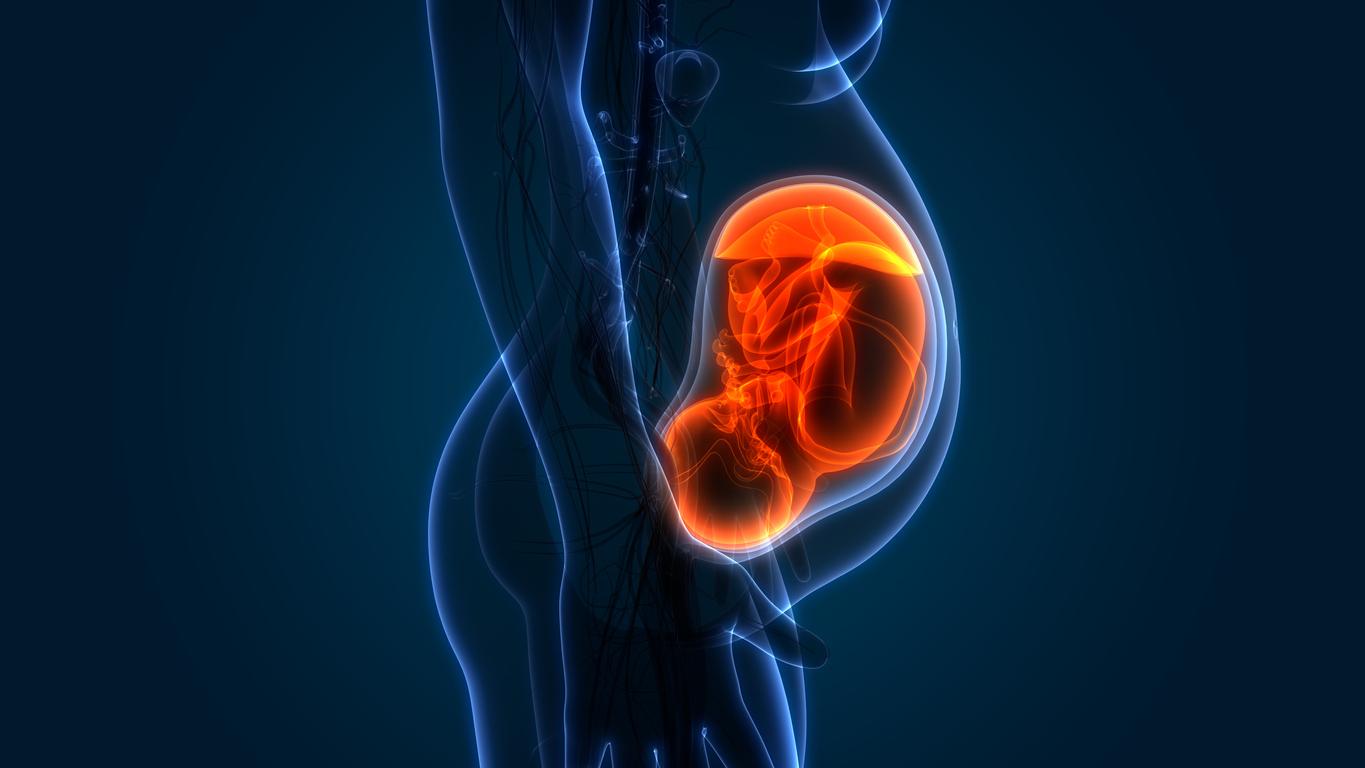What if how you feed your infant plays a role in which hand they will prefer to use later in life? According to a University of Washington study, bottle-fed babies are more likely to be left-handed than breast-fed babies.

When you are a young mother, choosing how you feed your child is not trivial. Some choose bottle-feeding for practical reasons or to let the dad participate in the meals of his baby, others prefer breastfeeding, which they consider to be a unique bodily and emotional experience, which bond to their baby.
What young mothers were unaware of until now is that this choice, which concerns only them, could well influence the laterality of their child. In any case, this is the thesis defended by researchers at the University of Washington. In a study published in Laterality: Asymmetries Body, Brain and Cognition, the feeding of an infant can indeed partly influence which will be his dominant hand, and in particular for breastfed babies. The latter are in fact associated with a lower prevalence of left-handers, even taking into account other factors that may influence the laterality of the child.
Breastfeeding plays a role in lateralization of the brain
To determine the extent to which breastfeeding or bottle-feeding might play a role in determining a child’s dominant hand, the researchers gathered data on more than 60,000 mothers and their babies from national surveys of 5 countries. In particular, they looked at the duration of breastfeeding reported by mothers and thus found that breastfeeding for more than six months was associated with 3% fewer left-handed babies than bottle-fed babies. out of five is probably due to breastfeeding for less than six months.
How to explain it? For the authors of the study, the choice of breast or bottle feeding plays a role in the brain process that defines laterality, alongside other factors such as genetics. “We believe that breastfeeding optimizes the process undergone by the brain during the consolidation of the grip”, explains Professor Philippe Hujoel, lead author of the study. “It’s important because it provides independent evidence that breastfeeding may need to last six to nine months.”
For the authors of the study, these results highlight the role of breastfeeding in a process called lateralization of the brain: that is to say when certain areas of the brain dedicated to control and motor skills are located on the one side of the brain, the right hemisphere or the left hemisphere. “Breastfeeding might optimize this lateralization to become right- or left-handed during a critical period during the first nine months of infancy,” they write in a statement.
Of course, the researchers point out, breastfeeding is not the only factor in determining which hand the child will use later. Laterality is defined early, from life in utero, and is determined in particular by genetics. “[Nos] Current results therefore suggest that the critical period of cerebral lateralization, the time window in which cerebral lateralization is likely to develop, begins sometime before the third month in utero and ends in infancy before 9 months of age.” , concludes Professor Hujoel.
.

















